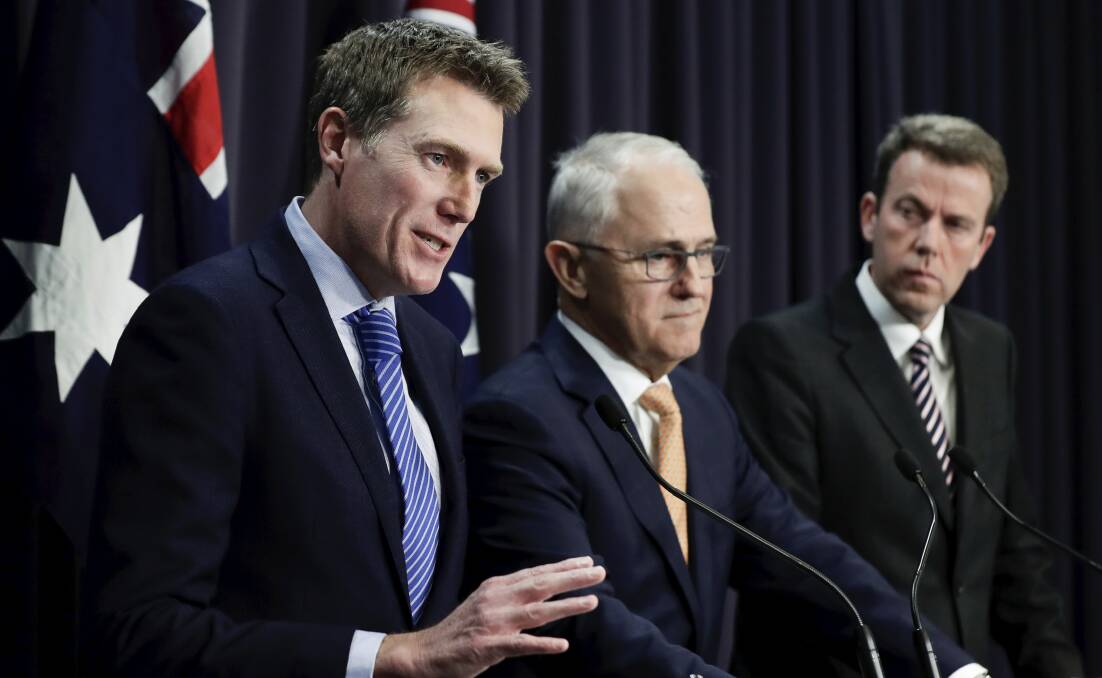
THE Royal Commission into Institutional Responses to Child Sexual Abuse released its Redress and Civil Litigation Report in August-September, 2015 at roughly the halfway mark of the landmark inquiry.
Subscribe now for unlimited access.
$0/
(min cost $0)
or signup to continue reading
It called for a National Redress Scheme for child sexual abuse survivors to streamline financial payments to victims of institutional crimes and avoid the need for individual litigation. The Redress Scheme, overseen by governments but paid for by the institutions where the crimes occurred, also allowed survivors to seek redress without having to negotiate directly with the institutions.
The royal commission urged the then Abbott Government and all state governments to establish the redress scheme urgently, because so many survivors had waited decades for justice.
But the report sat for more than two years until the royal commission released its final reports in December, 2017, and the Turnbull Government was pressured to act.
The royal commission's recommendations for how a redress scheme should operate - including the assessment of payments, maximum cap of $200,000, lifetime counselling if needed and no mention of exclusions for survivors in jail or with serious criminal convictions - were based on five years of research and evidence.
The National Redress Scheme legislation, when it finally passed in a whirl of activity ending in May, 2018, did not follow the royal commission recommendations on many serious points. The question that needs answering, according to a joint select committee that issued a damning review of the scheme this week, is why?
Read more
Why did the Federal Government and state governments sign off on legislation that has left survivors dealing with an overly legalistic, overly bureaucratic, overly restricted scheme that is light years away from what was anticipated.
It is a scheme that in some respects is re-abusing survivors, and the speed with which it was rammed through has left a legacy of problems that will be difficult to unravel, largely because it requires the Federal and state governments to meet, discuss, and agree to big changes.
One variation alone - the exclusion of survivors with serious criminal convictions or serving jail terms - disproportionately impacts Indigenous Australians. That fact, all on its own, demands a serious and urgent response.
And this is no time for a lack of transparency, on an issue where secrecy, false words and hypocrisy allowed tens of thousands of children to be sexually abused, and the adults they became to be re-abused when people wouldn't listen.
The Federal Government needs to come clean about why a recommended cap of $200,000 was reduced to $150,000 in the Redress Scheme legislation, otherwise we're entitled to believe it was just falling into line with Catholic and Anglican church caps.
Have you signed up to the Bendigo Advertiser's daily newsletter and breaking news emails? You can register below and make sure you are up to date with everything that's happening in central Victoria.

